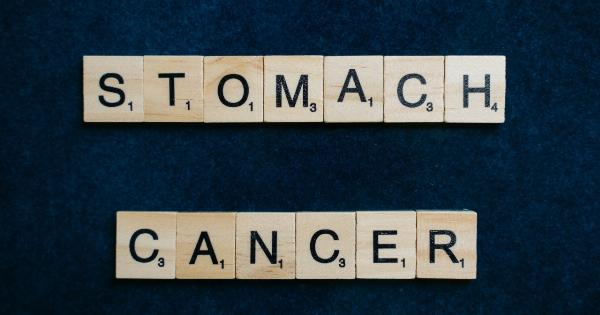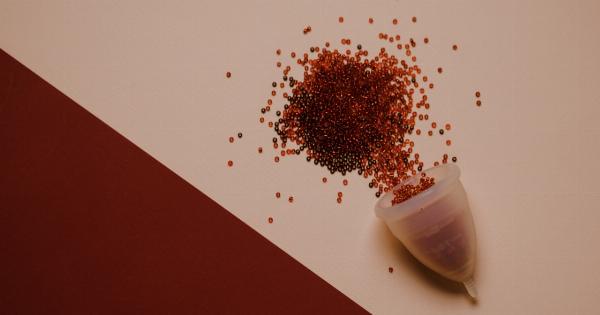The cardiovascular circuit is an intricate network of vessels, including arteries, veins, and capillaries, responsible for transporting blood and oxygen throughout the body.
However, due to various factors such as age, genetic predispositions, or unhealthy lifestyle choices, these vessels can become damaged or blocked, leading to cardiovascular diseases like atherosclerosis, heart attacks, or strokes.
Fortunately, medical advancements have led to the development of several techniques and procedures to rebuild and repair these vessels, promoting better heart health and overall well-being.
In this article, we will explore the cardiovascular circuit, common causes of vessel damage, and the innovative solutions available to rebuild and strengthen these vital pathways.
The Complex Cardiovascular Circuit: A Roadmap for Blood Flow
The cardiovascular circuit consists of a series of blood vessels that work together to transport oxygenated blood from the heart to the rest of the body and return deoxygenated blood back to the heart. The key components of this circuit include:.
1. Arteries:
Arteries carry oxygenated blood away from the heart and into various organs and tissues. They have thick, muscular walls that help regulate blood flow and maintain optimum pressure.
When the arterial walls become damaged or develop plaque buildup, it can restrict blood flow, leading to serious health consequences.
2. Veins:
Veins are responsible for transporting deoxygenated blood back to the heart. Unlike arteries, veins have thinner walls and rely on valves to prevent blood from flowing backward.
If these valves become weak or damaged, blood can accumulate, resulting in conditions like varicose veins or deep vein thrombosis.
3. Capillaries:
Capillaries are the smallest blood vessels in the body, connecting arteries and veins. They facilitate the exchange of oxygen, nutrients, and waste products between the bloodstream and surrounding tissues.
Damage or blockage of capillaries can impair proper tissue function and contribute to various diseases.
Causes of Vessel Damage
Several factors can contribute to vessel damage within the cardiovascular circuit. These include:.
1. Atherosclerosis:
Atherosclerosis is the buildup of plaque, composed of cholesterol, fat, and other substances, on the inner walls of arteries.
This narrows the arteries and restricts blood flow, causing hypertension, coronary artery disease, and an increased risk of heart attacks or strokes.
2. Hypertension:
Hypertension, commonly known as high blood pressure, can harm blood vessels by placing excessive strain on their walls.
Over time, this pressure can cause the vessels to weaken, rupture, or narrow, increasing the risk of heart disease and other cardiovascular complications.
3. Physical Trauma:
Injuries or accidents that result in physical trauma can damage blood vessels, leading to internal bleeding or blockages. These traumatic injuries may require immediate medical intervention to prevent further complications.
Rebuilding Vessels: Innovative Solutions
Medical science has made tremendous strides in rebuilding damaged or blocked vessels within the cardiovascular circuit. Some of the innovative solutions include:.
1. Coronary Artery Bypass Grafting (CABG):
CABG is a surgical procedure used to bypass narrowed or blocked coronary arteries.
During the procedure, a healthy blood vessel, often taken from the leg or chest, is grafted onto the blocked artery, allowing blood to bypass the blockage and reach the heart muscle.
2. Angioplasty and Stenting:
Angioplasty is a minimally invasive procedure performed to widen narrowed or blocked arteries.
It involves inserting a small balloon-tipped catheter into the affected artery, inflating the balloon to unblock the vessel, and then placing a stent to keep the artery open and maintain blood flow.
3. Endovascular Procedures:
Endovascular procedures, such as angioplasty with atherectomy or laser atherectomy, use specialized catheters and tools to remove plaque or obstructions from arteries.
These procedures can help restore normal blood flow and improve cardiovascular health without the need for open surgery.
4. Stem Cell Therapies:
Stem cell therapies hold immense potential for vessel regeneration and repair. By introducing healthy stem cells into damaged areas, these therapies aim to stimulate the growth of new blood vessels and promote healing.
Clinical trials are ongoing to explore the efficacy and safety of these treatments.
5. Lifestyle Modifications:
While medical interventions are crucial, adopting a heart-healthy lifestyle is equally important in rebuilding and maintaining a strong cardiovascular circuit.
Regular exercise, a balanced diet, smoking cessation, and stress management can significantly reduce the risk of vessel damage and promote vascular health.
Conclusion
The cardiovascular circuit is a sophisticated network of vessels responsible for delivering oxygen and nutrients to the body’s organs and tissues.
However, various factors can lead to vessel damage, compromising blood flow and increasing the risk of cardiovascular diseases. Fortunately, through innovative procedures and lifestyle modifications, it is possible to rebuild and strengthen these vessels, enhancing heart health and overall well-being.




























